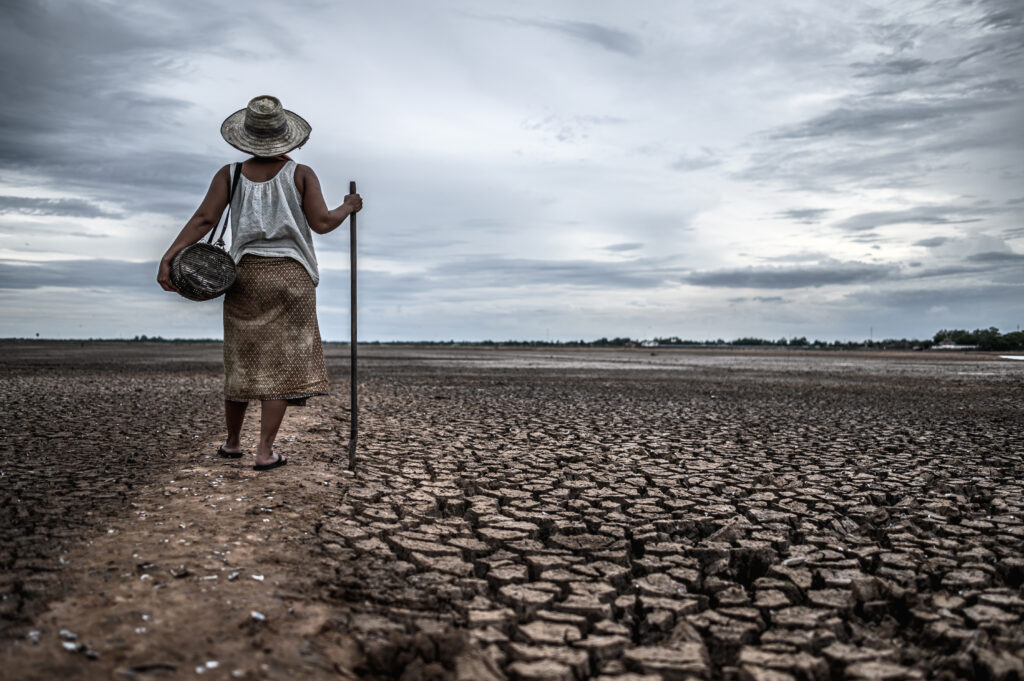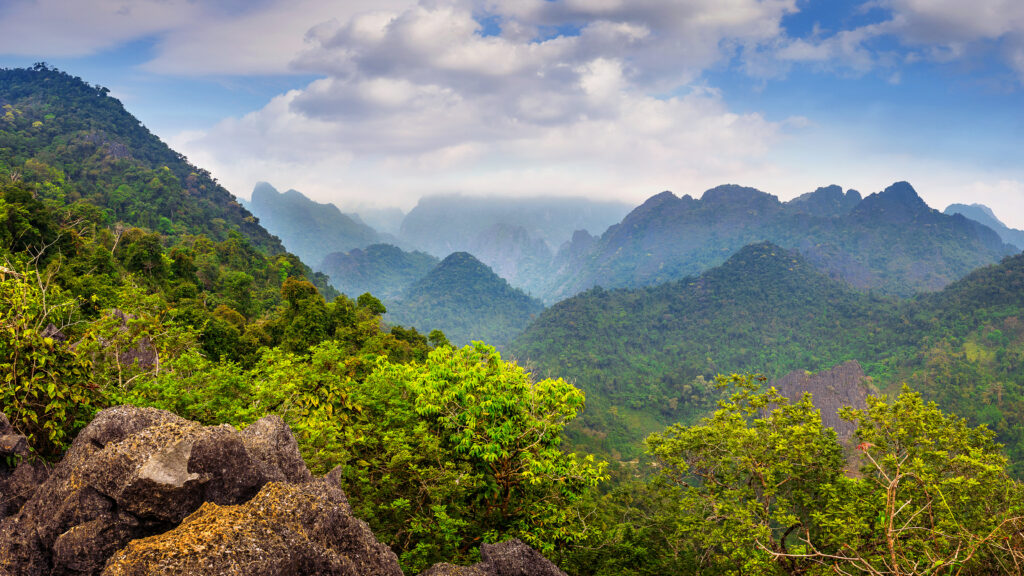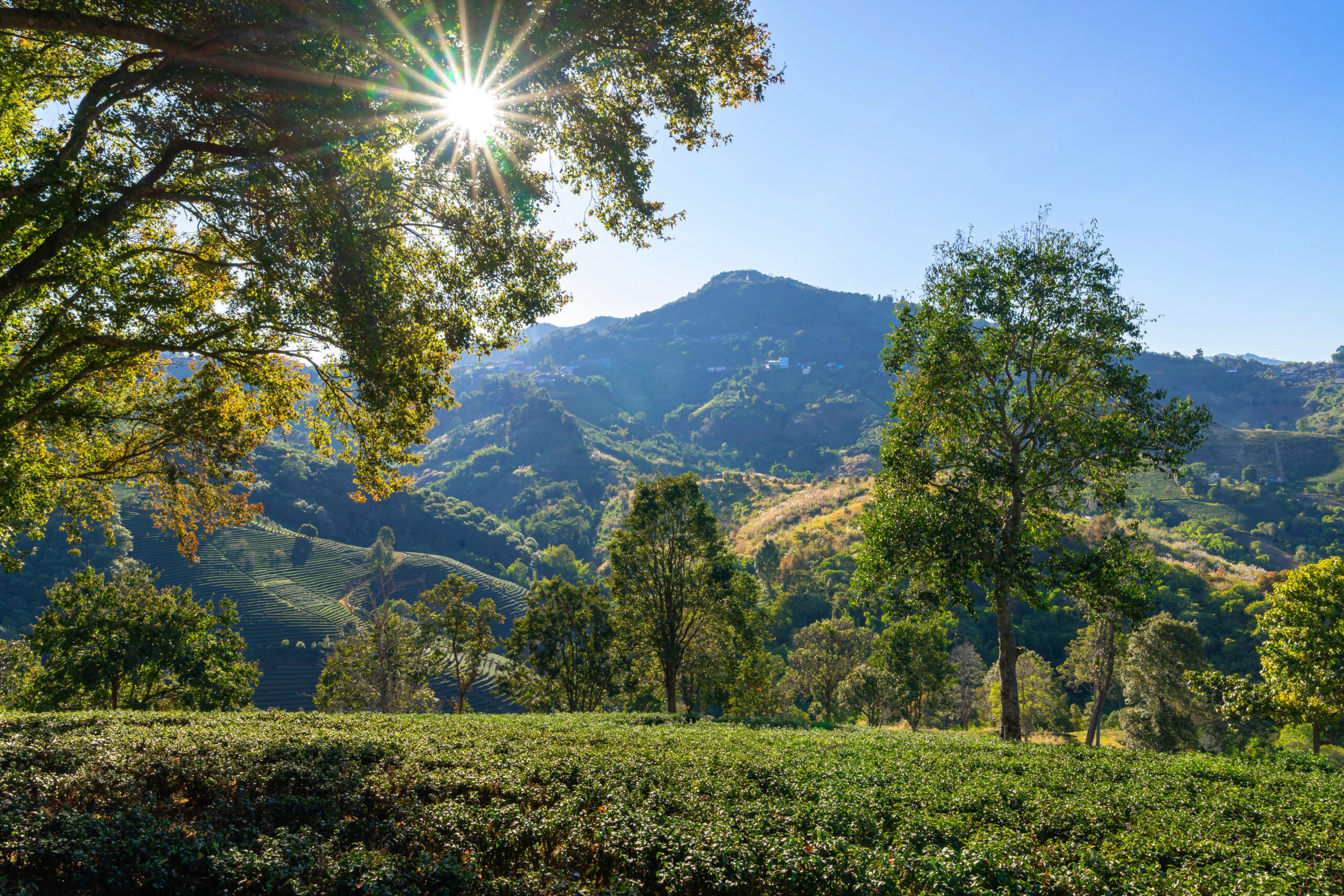This is a burning platform, and COP27 will only be a success if it faces the food, nature and biodiversity breakdown that sits at the heart of our current crisis.
Nature is collapsing under the weight of catastrophic climate impacts. Millions of people are already paying the price: as wildfires increase in the US, more than 72 million homes there are at risk from fires made more intense and frequent by climate change.
Many of those at the sharp end are farmers. Globally, the agricultural sector suffers from an average of 26% of the total damage and losses from climate-related disasters.
If this is bad, the future looks worse: heat stress is estimated to threaten over 70% of global agriculture by 2045. We’re edging closer to catastrophic consequences like the possibility of a multi-breadbasket failure, where the world’s grain-producing regions fail at the same time.
This is nature in crisis, but it isn’t natural. It’s the result of decades of bad choices by governments and industrial agriculture companies. As a result, our food system is fed by fossil fuels, run by a handful of companies, pollutes our rivers and soils, puts small farmers out of business, and pushes the price of healthy food out of reach for millions.

Nature has immense potential to be the most powerful asset we have in tackling the climate and food crises. Making the most of that potential requires a seismic turnaround in how summits like COP treat nature and food systems.
Until now, COP and other climate summits have ignored this source and part of the solution to climate change. Most countries’ emission reduction plans pay insufficient attention to emissions from agriculture, and to the potential of healthy oceans to store carbon. Less than 1% of climate finance goes to nature-based solutions.
If climate diplomacy continues to fail on food and nature, it will fail altogether. We cannot deliver the Paris Agreement without radical action to protect nature and rethinking what we grow and eat. Food and nature contribute to a third of greenhouse gas emissions – which is why, according to the IPCC, all scenarios to limit warming to 1.5C or 2C require action on nature and food systems.
Protecting nature means protecting any hope of adapting to climate change, because nature provides our first line of defence against the extreme weather caused by climate change. Healthy rivers and forests reduce flood risk by storing water and slowing water flow, while thriving coastal wetlands protect against the coastal erosion and flooding that come with storms and sea level rise. It’s one of the most cost-efficient ways of guarding against extreme weather: restoring or creating wetlands to store water can be 40% cheaper than building new reservoirs. In New York City, using natural approaches could lower the costs of adapting to flooding by $1.5 billion, compared to using engineered solutions alone.
To tap into these opportunities, COP27 must put nature and food at the heart of climate action plans and finance – and leaders need to keep the promises they made at COP26.
First, we need to avoid doubling down on the industrialised, extractive agriculture that got us into this mess. COP27 can help define the right rules to guide regulation and investments into a farming and food system fit for the future. At the Koronivia Dialogue – UN discussions on the role of agriculture in climate change – leaders need to ensure that the discussion embraces more diverse food and farming practices, like agro-ecology. We need higher expectations for the Convention on Biological Diversity negotiations, and leaders need to attend to secure an ambitious global deal for nature. And pledges on food security must tackle the underlying drivers of the food price crisis, like fossil-fueled fertiliser, and a food system that concentrates power in global mega-businesses.
Second, leaders must meet the promises they made at COP26 to slash methane emissions – which means reforming or reducing livestock farming – and to halt and reverse deforestation.
Third, COP27 must weed out false promises. Negotiations on Article 6 of the Paris Agreement will define the rules for what counts as an emissions reduction. These definitions need to be rooted in science and not allow for creative accounting that could lead to failure to cut emissions.
Last, COP27 should put agents of change – like small-holder farmers and Indigenous Peoples – at its centre. They have been the world’s best custodians of the land for thousands of years, and know how to work with nature to produce affordable, sustainable food.

If COP27 succeeds in restoring nature, it will have a multiplier effect on our economy, health, and climate. Around the world 1.2 billion jobs depend on a healthy natural environment, including forests, fishing, and farming.
A host of evidence shows that nature-friendly farming boosts productivity and food security: in Malawi, farms that use nature-friendly techniques are up to 80% more productive. And restoring nature means clean water and boosts health: in Rio de Janeiro restoring forests is predicted to save up to $79 million in water treatment costs. These are the benefits that a nature-friendly COP27 can unlock.
Protecting and restoring nature isn’t a sentimental mission. It means defending people’s lives and homes from extreme weather. It means stopping people dying from starvation and malnutrition. It means super-charging our ability to mitigate dangerous rising temperatures, and creating a stable economy. The nations who emerge as the champions of food, nature and farming at COP27 will be wielding the most powerful tool on earth.


